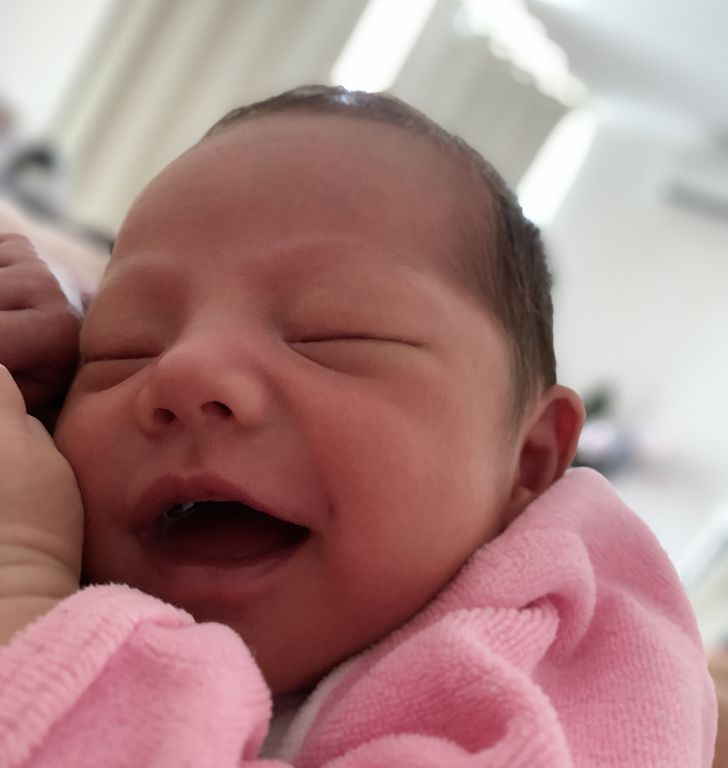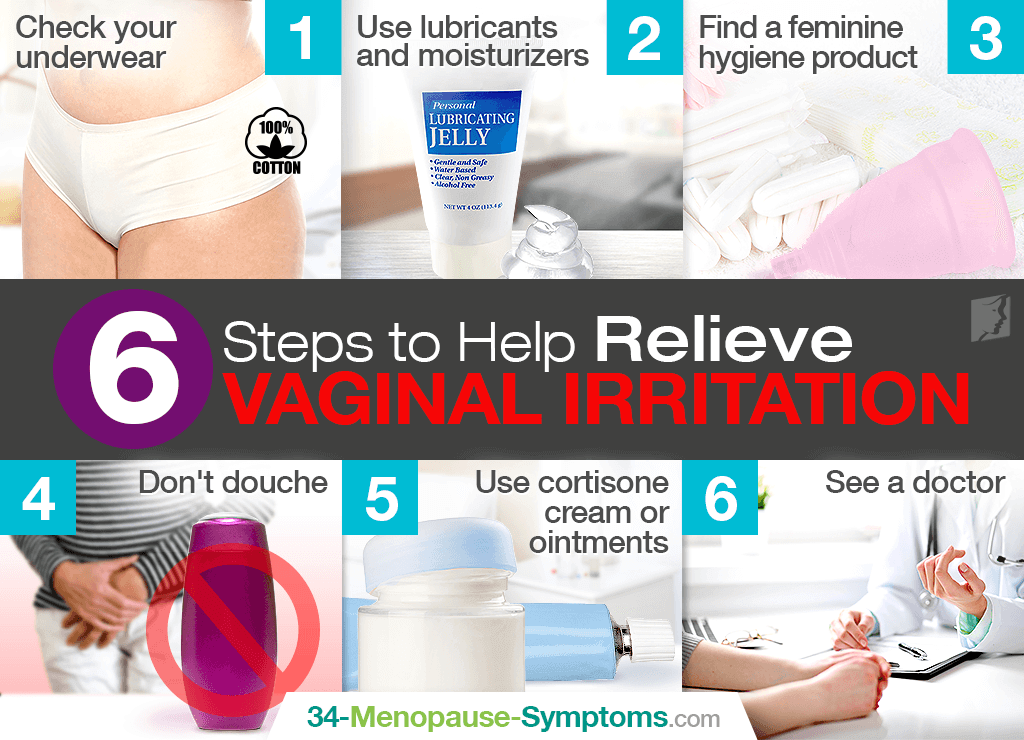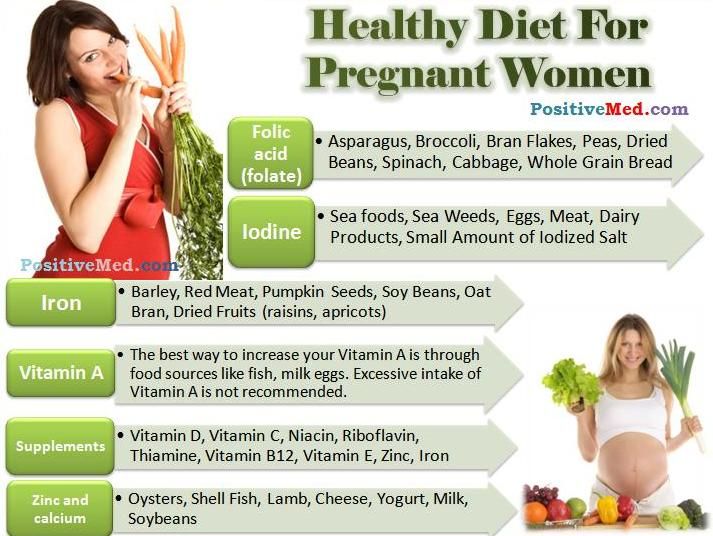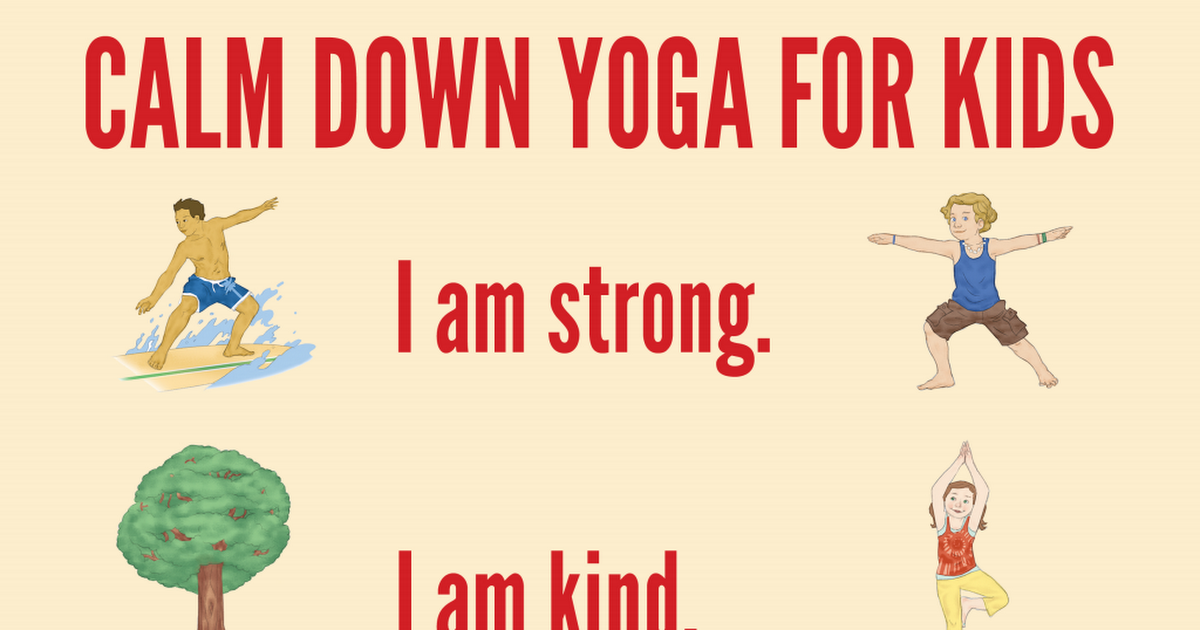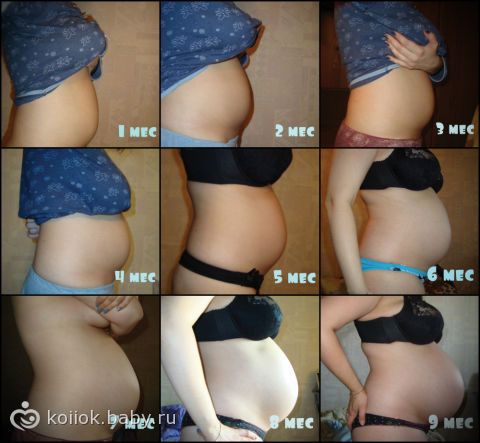Why do newborns cry when born
What Does it Mean if My Baby Doesn’t Cry at Birth?
A baby’s cry at birth tells the medical team that their lungs are healthy. Often parents will hear a doctor praise their baby’s cry, but does this mean that a baby who doesn’t cry at birth is not as healthy?
The science behind crying
Apart from the signature sound of a baby’s cry, there are many non-vocal elements of crying as well. Although crying seems like a very simple action, it actually involves the coordination of several complex elements: the musculature of the face; airways; and the respiration system.
A 2005 study found that the non-vocal elements of crying actually develop in the womb. In the study, vibroacoustic stimulation (applying a sound and vibration stimulus to the mother’s abdomen) was presented to 10 fetuses in the womb, and all of them showed fetal crying behavior as a response. They showed inhale and exhale patterns that mimicked post-womb crying, and they grimaced or frowned in the womb. The study revealed that, at 20 weeks gestation, the fetus has all of the motor skill coordination necessary for the non-vocal part of crying.
Crying directly after birth
When babies are delivered, they are exposed to cold air and a new environment, so that often makes them cry right away. This cry will expand the baby’s lungs and expel amniotic fluid and mucus. The baby’s first official cry shows that the lungs are working properly. However, the cry may be delayed because of a number of different factors, including a difficult delivery, a nuchal cord, etc.
When to worry
If a cry is delayed, it may not necessarily mean that the baby is not healthy. Your doctor may try to stimulate the baby’s first cry by drying the baby off or suctioning fluid out of their mouth or nose, if it doesn’t occur naturally.
If a delayed cry is accompanied by other emergency signs, the baby should be given immediate medical attention. These other elements of the evaluation of a newborn infant are measured using the Apgar score.
The parts of the Apgar score are:
A – Appearance (skin color)
P – Pulse (heart rate)
G – Grimace (reflex irritability/response)
A – Activity (muscle tone)
R – Respiration (breathing ability)
Each of the criteria is scored 0 – 2 (two being the best), and the total is found by adding all 5 scores together. Your doctor will usually do an Apgar test at one and five minutes after birth. Another Apgar test may be given at 10, 15, and 20 minutes if the initial score is low.
The scores can be broken down by severity of needed intervention.
A score of:
0-3 baby is in critical condition
4-6 baby likely needs immediate medical intervention
7-10 baby is within normal range but should still be monitored
Though a score above 7 is considered normal, a recent study showed that Apgar scores of 7-9 could still be associated with adverse outcomes. A score below 10 should still be monitored, even if it’s in the 7-10 range.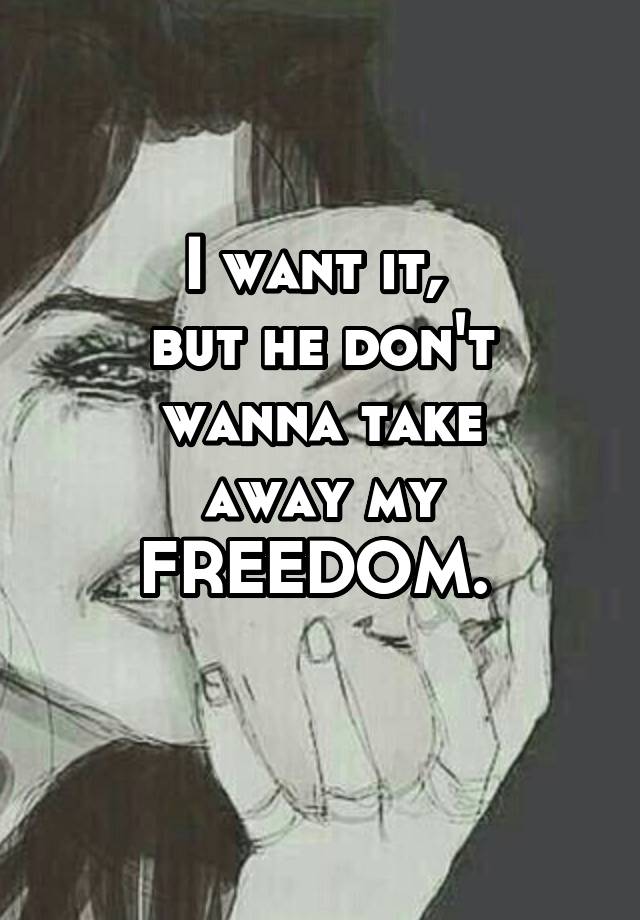
Disclaimer
ABC Law Centers is not run by medical professionals or associated with a medical facility. The above information should not be taken as medical advice. Always contact a medical professional when you are experiencing any of the above symptoms or any other concerning symptoms of pregnancy.
Sources:
- Gingras, J. L., Mitchell, E. A., & Grattan, K. E. (2005). Fetal homologue of infant crying. Archives of disease in childhood. Fetal and neonatal edition, 90(5), F415–F418. doi:10.1136/adc.2004.062257
- Is It Possible for Babies to Cry While Still in the Womb?
- Here’s What You Need To Know If Your Baby Doesn’t Cry When They’re Born
Share This Post
Why Do Babies Cry At Birth? The Answer Will Probably Surprise You
Life
Shutterstock
by Jennifer Parris
There’s nothing like hearing that first cry after your baby is born to reassure you that everything is okay. But have you ever wondered why babies cry at birth? Is it because they’re unhappy that they had to leave the warm womb to face the cold cruel world? Turns out, the answer is truly miraculous.
That first cry can be music to a new mommy’s ears. It signifies that the baby’s lungs have begun functioning outside of the womb, which is integral to a baby’s survival. Remember, a baby “breathes” in utero via its mother's placenta. “When a baby is in utero, amniotic fluid fills the air sacs within the lungs,” Dr. Ana Machado, a pediatrician, explains to Romper. “As the baby is being born and squeezes its way through the vaginal canal, pressure on the chest wall compresses it to literally squeeze the fluid out of the lungs.” Think of a baby’s lungs as being a sponge full of water — once the baby is born, all of that water now has to be replaced by air.
And that’s why a baby’s first cry is so critical.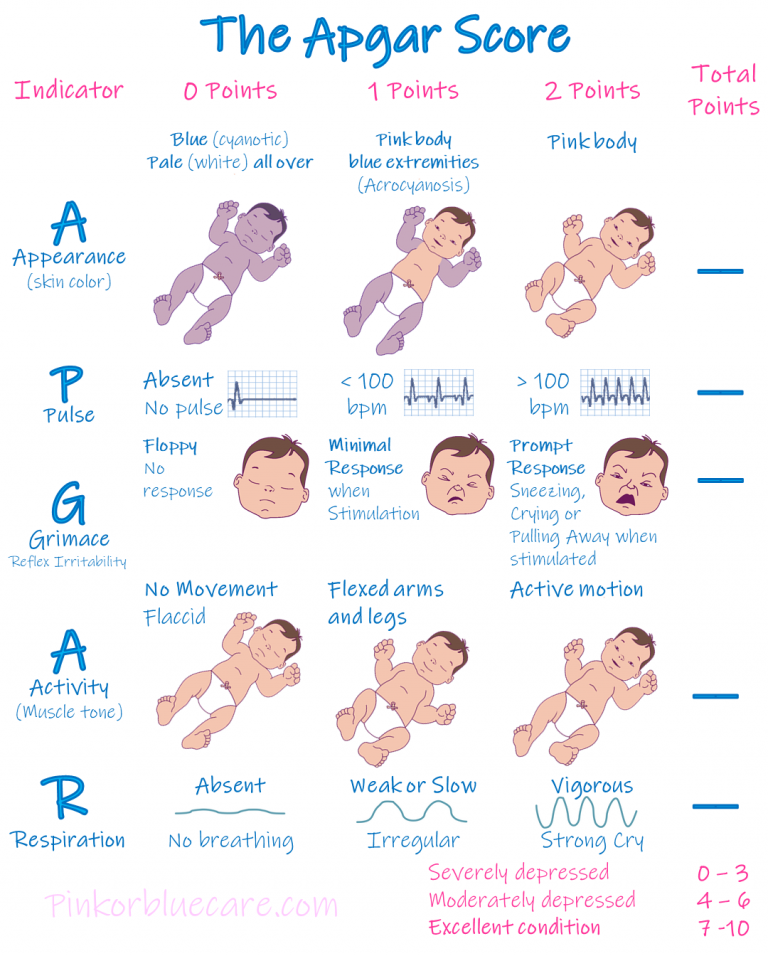 Says Dr. Machado: “It’s the first time that the lungs are actually being used to breathe air.” Although the first breath might be a short one, the exhalation of that breath (which is the baby’s first cry) tends to be longer, “because it’s the pressure forcing the air sacs open and getting that fluid out,” says Dr. Machado.
Says Dr. Machado: “It’s the first time that the lungs are actually being used to breathe air.” Although the first breath might be a short one, the exhalation of that breath (which is the baby’s first cry) tends to be longer, “because it’s the pressure forcing the air sacs open and getting that fluid out,” says Dr. Machado.
Your baby might not let out just one loud “wahhh” but several cries, depending on how much fluid he needs to expel from his lungs. “Your baby will cry as long as he needs to in order to start breathing normally,” says Dr. Machado. But if you thought that your baby cried at birth because he was upset that he had to leave his wonderful life inside the womb, think again. “Babies don’t cry initially because they’re complaining,” says Dr. Machado. “Within 5-10 minutes after birth, persistent crying could be a breathing issue, or sometimes, they are just cold.” Which is why there's always an infant incubator or radiant warming machine in delivery rooms, as a study in the journal Early Human Development explained. And once they’re all cleaned up, babies are also swaddled after birth to help prevent body heat loss — and keep them calm, too, according to the American Academy of Pediatrics.
And once they’re all cleaned up, babies are also swaddled after birth to help prevent body heat loss — and keep them calm, too, according to the American Academy of Pediatrics.
So how much crying can a mom expect from her newborn? “Ideally, you want to hear a couple of good cries,” says Dr. Machado. “Once they’ve opened up their lungs and they’re being soothed and warmed, then they’ll stop crying.” For the most part, a healthy newborn taking his first breaths will cry for about a minute or less. And your baby’s cries will be a part of his overall Apgar score (the R in Apgar is for “respiration”), reported Kids Health. The Apgar test is conducted one minute after birth, and then again 5 minutes later.
Although a newborn’s cries are what everyone is clamoring for in the delivery room, sometimes an OB might momentarily delay a baby’s first cry. If a baby passes meconium (i.e. baby poop) during labor or delivery, the labor and delivery team will work to clean the baby first before she takes her first breath so that she doesn’t accidentally inhale it. Breathing in poop can cause MAS (meconium aspiration syndrome), which can potentially lead to respiratory issues or even pneumonia, Parents reported. If there’s a risk that the baby has breathed in meconium —and she’s not very active— a doctor might use an endotracheal tube that’s inserted into the baby’s windpipe via her mouth or nose to suction out the poop, Kids Health stated. Then, they’ll stimulate the baby to get her to cry.
Breathing in poop can cause MAS (meconium aspiration syndrome), which can potentially lead to respiratory issues or even pneumonia, Parents reported. If there’s a risk that the baby has breathed in meconium —and she’s not very active— a doctor might use an endotracheal tube that’s inserted into the baby’s windpipe via her mouth or nose to suction out the poop, Kids Health stated. Then, they’ll stimulate the baby to get her to cry.
There’s a big difference from when your baby is delivered to when she takes her first cry. “When they’re born, they’re lifeless and purple,” says Dr. Machado. “And when they make that first cry, it’s like magic. They turn into a baby.” Suddenly, the baby goes from being purple to pink, and they start moving as well, even opening their eyes to see the world for the first time.
“Crying is the key to life,” says Dr. Machado. “It really is a miracle.” Now tell yourself that at 3:00 a.m. when your little miracle is, you know, full of life.
Why does the baby cry - articles from the specialists of the clinic "Mother and Child"
Bondarenko Margarita Gennadievna
Otorhinolaryngologist (ENT)
Clinic "Mother and Child" Kuntsevo,
I want to eat!
Most often the baby cries because he wants to eat. And to understand that he is hungry is the easiest way. At first, the baby shows concern, smacks his lips, turns his head to his mother's hand, stroking his cheek, tries to put his own fist in his mouth. All this means that there is very little time left before the hungry cry. Noticing such signs, you should not wait: feed the baby on demand. Otherwise, starting to cry, he will have to spend a lot of energy trying to calm down, and therefore, he will eat less and the next time he will get hungry again too soon. In general, for children who are breastfed, during the first month of life there is no clear feeding regimen. A newborn can be applied to the breast up to 10-12 times a day.
I want to sleep!
The next reason for screaming is, oddly enough, the desire to sleep. Many parents think that a baby can fall asleep anytime, anywhere, and even in almost any position. No, it's not like that - he needs help. How do you know if your baby wants to sleep? It's easy to guess. At first, he will behave restlessly, cry, push out the pacifier, rub his eyes, yawn. And then he starts crying. Here, too, it is necessary to try to calm the child as quickly as possible so that he does not disperse in crying, otherwise it will be more difficult for him to fall asleep. Rituals will help: you can shake the baby, sing a song, put it in the usual sleeping place.
I'm wet!
Crying can be a signal that the baby is uncomfortable, such as a wet diaper. Cold and wet, they irritate the skin, so he screams: “Mom, dad, change me quickly!” Crying about this is whimpering, incessant, although it sounds either stronger or weaker, it may be accompanied by hiccups, as the child freezes in wet diapers. If the diaper is changed, and the baby is warmer to cover, he will calm down. If the child is not in diapers, but in reusable diapers, you should not relax either: they can leak or get wet inside. So, the baby is also wet and cold. If the child sleeps in one diaper all night, then he may be disturbed by a greatly increased diaper volume. And of course, children do not like to be in dirty diapers (diapers): feces quickly irritate delicate skin.
If the diaper is changed, and the baby is warmer to cover, he will calm down. If the child is not in diapers, but in reusable diapers, you should not relax either: they can leak or get wet inside. So, the baby is also wet and cold. If the child sleeps in one diaper all night, then he may be disturbed by a greatly increased diaper volume. And of course, children do not like to be in dirty diapers (diapers): feces quickly irritate delicate skin.
I'm hot!
If the baby is hot, he will also cry about it. He will begin to whimper, scatter his arms and legs, his skin will turn red, a small red rash (prickly heat) may appear under his clothes. At the same time, the temperature of the baby sometimes even rises to 37.5 ° C. This is what saves here: the child must be undressed (and removed diapers, especially disposable ones), wiped with a towel moistened with water at room temperature, and allowed to lie in the air for several minutes. Then you need to dress the baby, but in other, clean clothes.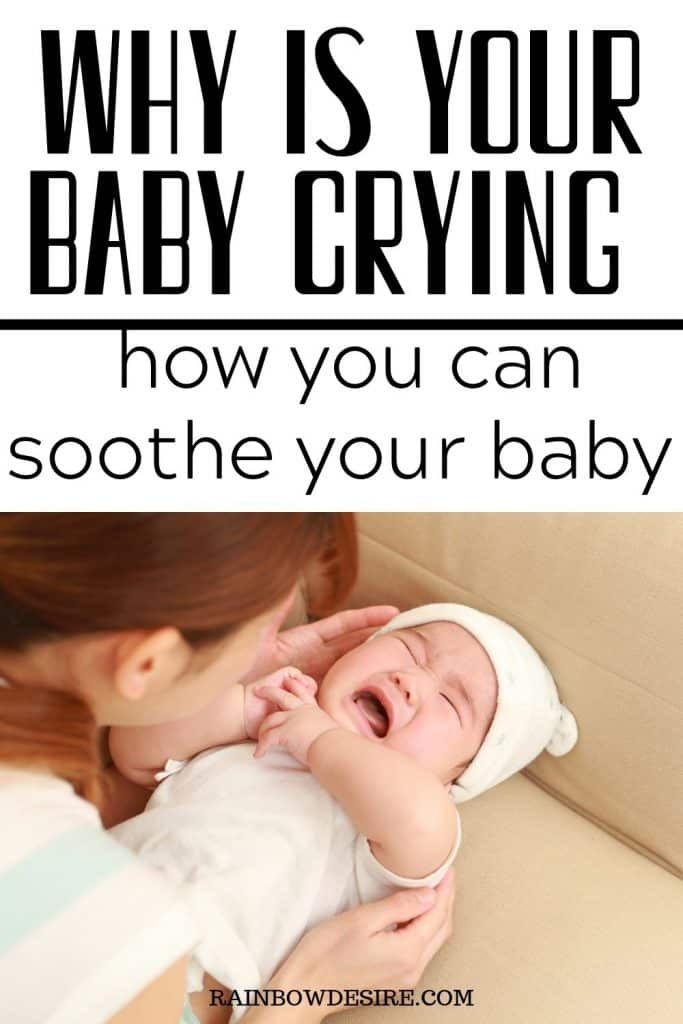 In the fight against overheating and prickly heat, a reasonable amount of clothing and a comfortable room temperature - no higher than 24-25 ° C will help, first of all.
In the fight against overheating and prickly heat, a reasonable amount of clothing and a comfortable room temperature - no higher than 24-25 ° C will help, first of all.
I'm uncomfortable!
The reason for the inconvenience can be any: the child may scream when the temperature changes, when changing clothes, changing the diaper or wiping his bottom with a damp cloth. Newborns feel more comfortable when they are dressed or wrapped in diapers, because the touch of air on the skin is not always pleasant for them. In addition, children often do not like to be changed, especially if it is winter and you have to wear a lot of clothes. There is only one way out: learn to act as quickly as possible, causing the crumbs a minimum of inconvenience.
A few words about clothes. It is better not to buy clothes with fasteners on the back and coarse seams inside - the baby may not like it. And sometimes even the slightest thread or hair caught between the clothes and the skin of the baby causes him great inconvenience.
I want attention!
Attention and tactile sensations are very important for a child. He loves to see the faces of his mom and dad, hear their voices, communicate with them. But so far, the baby cannot ask his parents to take him in his arms, read him a fairy tale, sing a song, play - but this does not mean at all that he does not need it. Therefore, crying, the baby wants to be paid attention to, requires communication. Do not worry that the baby will get used to the hands too much. While he is so small, he needs to feel a sense of security - it is this that will later help him gain confidence in his abilities. Well, different cradles, deck chairs, playpens, child seats will only help mom and dad free their hands and at the same time place their beloved child next to them.
Once you learn to understand your baby's “language”, you will see that the reasons for crying vary from case to case. A little time and patience - and very soon you will understand what the child wants, already from the first seconds of his discontent.
Make an appointment
to the doctor - Bondarenko Margarita Gennadievna
Clinic "Mother and Child" Kuntsevo
Pediatric otorhinolaryngologyFor childrenDispanserizationMonitoring of children at home0003
By clicking on the send button, I consent to the processing of personal data
Attention! Prices for services in different clinics may vary. To clarify the current cost, select a clinic
Clinical Hospital MD GROUPClinical Hospital Lapino-1 "Mother and Child"Children's Clinic KG "Lapino" on New Riga (branch)Clinic "Mother and Child" KuntsevoClinic "Mother and Child" SavelovskayaClinic "Mother and Child" South-WestClinic "Mother and Child" » Novogireevo
All directions
01.
Kinesiotherapy for children
02.
Specialist consultations (adults)
03.
Specialist consultations (children)
04.
Massage/manipulation for children
05.
Therapeutic research
Nothing found
The administration of the clinic takes all measures to timely update the price list posted on the website, however, in order to avoid possible misunderstandings, we advise you to clarify the cost of services and the timing of tests by calling
The pediatrician told why the first cry of a newborn is so important — Parents.ru
Baby
- Photo
- Getty Images/Flickr RF
pediatrician, MD, professor
As soon as the midwife cuts the umbilical cord, the baby's body gets full autonomy. From this moment, those organs and systems that did not work while the baby was in the mother's stomach begin to fulfill their mission. Respiratory function is improving immediately, because it is one of the key ones. But in order for the lungs to work, cardinal changes must occur in the body of the crumbs.
Respiratory function is improving immediately, because it is one of the key ones. But in order for the lungs to work, cardinal changes must occur in the body of the crumbs.
Instant transformation
During the prenatal period, the walls of the lungs are pressed against each other, and the space between them is filled with amniotic fluid. The organ itself is almost not supplied with blood, because it does not work in the aquatic environment: oxygen enters the baby exclusively through the vessels of the umbilical cord. As soon as the doctor cuts it, the concentration of carbon dioxide in the blood increases sharply, and a signal about increasing hypoxia immediately enters the brain. The lungs receive a command to urgently get involved in the work, and the child takes his first breath, which is accompanied by a welcome cry. A cry is needed in order for the muscles to move. They stretch the lungs, which immediately fill with air. At the same time, the amniotic fluid is displaced, and the surfactants (surfactants) lining the bronchi “spread” along the walls of the lungs, which makes them stop sticking together and gain volume.
Wider circle!
The first breath includes not only the respiratory system: thanks to it, the circulatory system begins to rebuild and even the structure of the heart changes. In the womb, we have a three-chambered heart: venous blood mixes with arterial blood, in order to then enter the aorta, bypassing the lungs. But as soon as the baby makes its first cry, it becomes four-chambered. From now on, arterial and venous blood cease to mix, and blood from the right atrium rushes straight to the lungs. This is how permanent small and large circles of blood circulation are established.
Emergency measures
If the baby does not scream within 40 seconds after birth, it means that he is experiencing asphyxia - a severe lack of oxygen. In this case, urgent resuscitation measures will be required.
If there is no breathing for 5 minutes, the brain cells die, so the doctor's main task is to fix it as soon as possible. The algorithm of actions in this situation is very strict and is determined by the order of the Ministry of Health.